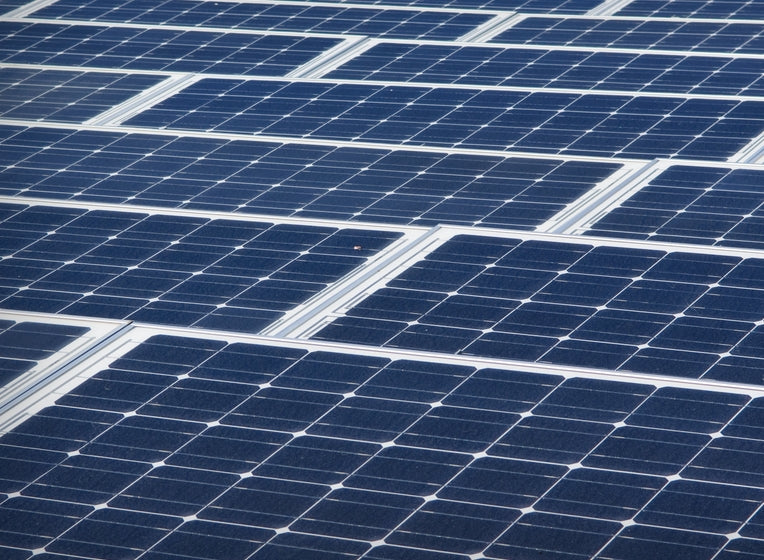A new company has unveiled a revolutionary tracking system that uses mobile robots to increase efficiency and bring down the cost of solar power. The QBotix Tracking System™ (QTS), uses intelligent, mobile robots to operate solar power plants and maximize energy output.
It produced higher performance and energy output of dual-axis tracking at the same price as conventional single-axis tracking. QTS cost the same as existing single axis systems but generates up to 15% more energy and up to 40% more energy than fixed mount systems.
CEO and founder of QBotix, Wasiq Bokhari, says, "Robots have proven themselves in extreme and diverse environments from the surface of Mars to battlefields and ocean depths. We're now deploying the innovations developed in robotics over the last several decades to manage solar power plants.
"Our main focus is to deliver a compelling combination of high performance, reliability, competitive cost, and unprecedented intelligence to our customers. Regardless of the choice of solar panels, inverters, foundations or other system components, the use of QTS will dramatically lower LCOE compared to all existing mounting or tracking systems."
QTS cuts the Levelized Cost of Electricity (LCOE) by up to 20%. It also provides quick installation, low operation and maintenance costs, and is able to be used with all solar panels and mounting foundations, says QBotix of Menlo Park, California.
This increases return on investment for project developers and investors, improves system reliability and performance and generates solar energy for a price comparable with conventional grid power.
QTS is based on a new paradigm for power plant architecture and operation that has been invented by QBotix: Solar Robotics™.
QBotix has raised $6.5 million Series A funding from New Enterprise Associates, Firelake Capital, Siemens Venture Capital, and DFJ JAIC and the company has another $1million of funding from elswhere. QBotix is made up of of solar industry veterans and robotics experts from Silicon Valley, MIT, Caltech and Stanford.
Siemens Technology-To-Business that assists with bringing new technologies to the marketplace, also announced it has completed its year-long qualification of QTS for deployment. QBotix deployed its first grid-connected system in October 2011 and has since shown it can accurately and reliably track both flat-plate and concentrating solar panels.
Solar tracking systems boost power generation by aiming solar modules at the sun and tracking its relative position as it moves during the day. Traditional tracking systems can be expensive, unreliable, and complex to install and maintain.
They can be large structures made with heavy steel and concrete, and so motors and controller used adjust their orientation can fail.
Instead, QTS uses a pair of autonomous robots, one main and one back-up, to control 300 kW of solar panels and deliver high accuracy and reliability.
The solar panels are installed on mounting systems without the need for hundreds of individual motors and controllers are optimized for cost, strength, durability and simple installation.
The robots travel along a track and adjust every mounting system to optimally face the sun. The embedded intelligence and data communication of each autonomous robot maximises power plant performance and detailed operational knowledge.
QTS is pre-assembled and QBotix claim it can be installed in minutes without using heavy equipment or extensive land grading required by other tracking systems.










